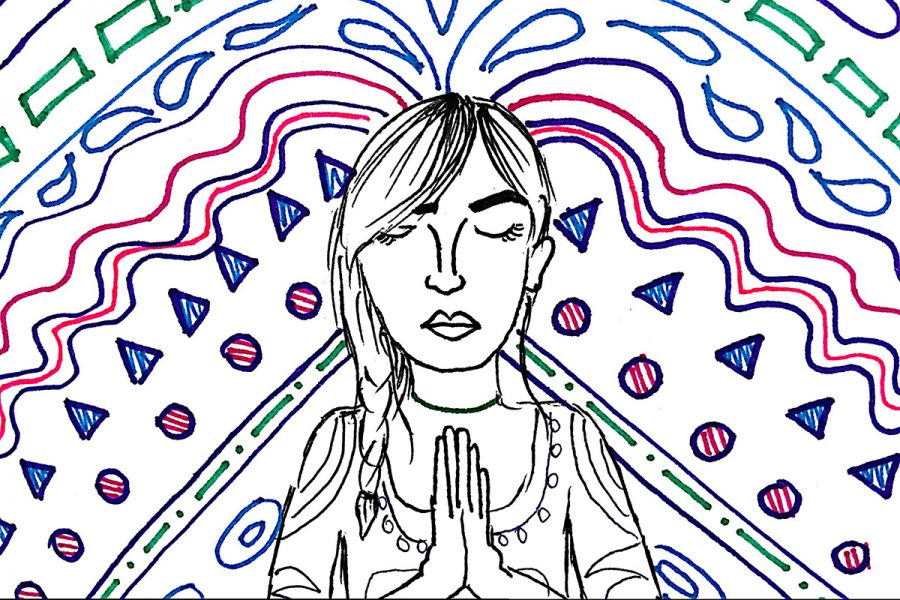New age wave
Photo by Victoria Van
February 8, 2018
What was once Vietnam is now the Middle East. What was equality for women is now equality for same-sex couples. Although much has changed since the years of Woodstock, much has stayed the same. The hippie movement has begun again.
American culture showed a great rift in the conformity of society in the 1960s. As wars loomed on in far off lands and the country fought with itself over the meaning of equality, a new movement was beginning.
People belonging to this movement, colloquially known as hippies, began as rebels against tradition, challenging established ideas of religion and society. Hippies strived to promote a lifestyle that focused on freedom from societal norms, peace and love.
Today, people who subscribe to this lifestyle are moving away from consumerism and toward individualism. Modern hippies have a strong sense of self-confidence and a do-it-yourself mindset. This group of young adults challenge the status-quo, especially in the prescribed route of a four-year degree and conventional household.
Modern interpretation of this counterculture movement has manifested itself in many ways. Like traditional hippies, neo-hippies are dedicated to political and social improvement. But with new technological developments, there has been an emergence of new branches that use modern instruments to lobby for change, such as protests to violence and liberal rights.
Modern hippies can be identified not just by their stereotypical examples, such as volunteering and environmental activism, but small signs that make up “neo-hippie” culture. Vegetarianism, veganism, or an organic lifestyle are all signs of “hippieness,” as these promote environmental and bodily health. Similarily, hippies will also practice yoga and composting for these same reasons.
“Techno hippies” exhibit a futuristic lifestyle through enhanced and dramatic ways, such as tattoos, body piercing, hairstyles and makeup. This sect, however, is primarily characterized by their use of the internet to advocate for a less government-dictated society.
Perhaps the most unconventional faction of the hippie movement are ravers. Similar to how the youth of the original movement tried to escape their reality through psychedelic music and experimental drugs, youth today seek this same release. Both then and now, hippies defied what was culturally acceptable and lived life to the fullest. The only difference is that Jimi Hendrix has been traded for Skrillex.
Like the originators of the movement, modern hippies counter the dominant culture in society with more liberal ideas and opposition to established ideas. Neo-hippies endorse a doctrine of peace, love, freedom of expression and restrictions. What once began as a rebellion by a group of adolescents still continues today.
















